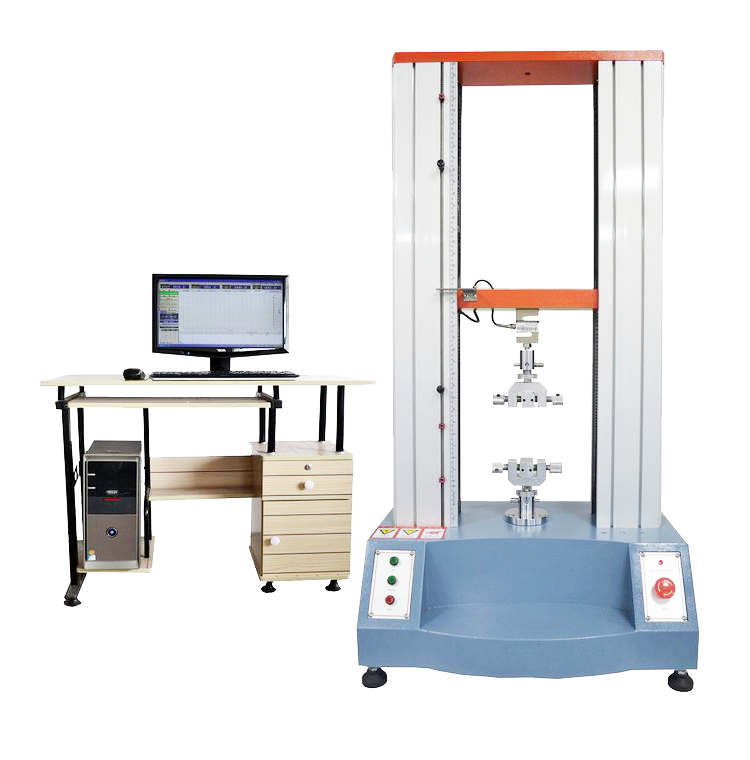
Engineering drag chain double-arm tensile testing machine
Product Details:
- Weight 2000 Kilograms (kg)
- Power 10-25 Watt (w)
- Color White & Blue
- Product Type Engineering drag chain double-arm tensile testing machine
- Dimension (L*W*H) 3m x 2m x 2.5m 4m x 2.5m x 3m Meter (m)
- Screw Size M30-M50
- Machine Speed 500-1000 mm/m
- Click to view more
Engineering drag chain double-arm tensile testing machine Price And Quantity
- 5100.0 USD ($)/Unit
- 1 Unit
Engineering drag chain double-arm tensile testing machine Product Specifications
- 10-25 Watt (w)
- White & Blue
- 2000 Kilograms (kg)
- 50-100 Ton
- Industrial
- M30-M50
- 500-1000 mm/m
- Engineering drag chain double-arm tensile testing machine
- 3m x 2m x 2.5m 4m x 2.5m x 3m Meter (m)
Engineering drag chain double-arm tensile testing machine Trade Information
- Cash in Advance (CID)
- 50 Unit Per Month
- 10 Days
- All India
Product Description
|
Item |
Description |
|
Max. Force |
2000 kg (20KN) |
|
Load cell |
Germany brand load cell for high accuracy |
|
Control system |
PC with windows 7 system |
|
Motor |
Panasonic servo motor w/ DC variable speed drive system, high-precision mechanical ball screw rod |
|
Force reading |
kgf, Ibf, N, KN, T etc |
|
Stoke |
1200mm including fixture |
|
Load cell Resolution |
1/250,000 |
|
Load Precision |
0.5% |
|
Test speed |
0.1500mm/min (adjustable) |
|
Test width |
400mm |
|
Software |
TM 2101 |
|
Curves display |
Load- elongation, Elongation-time, Time-elongation, Stress-strain |
|
Data display |
Max. force, speed, sample information, strength(Kpa, Mpa, N/mm, N/mm2) etc |
|
Safety features |
E-Stop Over-load protection Upper and lower limit switches Load sensor with automatic retreat |
Engineering Drag Chain Dual-arm Tensile Testing Machine is a specialized equipment used to test the performance of drag chains under different loads. Below is a detailed analysis and summary of the equipment:
Functions and Applications
-
Tensile Strength Testing: Evaluates the load-bearing capacity of drag chains under tension, ensuring their safety and reliability in engineering applications.
-
Simulating Real-world Conditions: Simulates various tensile testing scenarios for drag chains in lifting, construction, and logistics, helping engineers establish reasonable material selection and design standards.
Structure and Components
-
Dual-arm Structure: Provides a stable platform for applying and adjusting tension.
-
Tensioner and Drag Chain Fixtures: Secures the drag chain on the testing machine and applies different loads.
-
Sensors: Monitors tensile data in real-time and displays the tension values.
-
Control System: Adjusts the magnitude and speed of tension application to ensure precise control.
-
Data Acquisition System: Records test data for analysis and archiving.
-
Mechanical Fixtures: Secures the testing machine and drag chain to prevent slipping.
-
Safety Devices: Prevents equipment damage or personal injury due to overload or accidents.
Working Principle
-
Applying Tension: Loads are applied through the dual-arm structure.
-
Data Measurement and Recording: Sensors monitor tension in real-time, the control system regulates the testing process, and the data acquisition system records the results.
-
Data Analysis: Software is used to analyze test data and evaluate drag chain performance.
Scope of Use
-
Material Types: Suitable for drag chains made of metal, composite materials, and other types.
-
Application Scenarios: Construction, logistics, warehousing, lifting machinery, bridges, elevators, etc.
Key Features
-
High-precision Measurement: Ensures accurate and reliable data.
-
Dual-arm Structure: Simulates various working conditions, such as longitudinal and lateral tension.
-
Adjustable Load and Speed: Meets different testing requirements.
-
Multi-station Clamping: Adapts to complex testing needs.
-
Automated Control: Reduces human error and improves efficiency.
-
High Data Acquisition Frequency: Obtains detailed test results.
Selection Considerations
-
Drag Chain Type: Metal, synthetic materials, etc.
-
Load Capacity: Selected based on actual requirements.
-
Testing Speed: Must meet engineering standards.
-
Number of Tests: Multiple tests ensure data accuracy.
-
Environmental Factors: Temperature, humidity, etc., may affect test results.
-
Safety Measures: Prevents equipment damage and ensures personal safety.
-
Budget: Choose suitable equipment within the budget.
Application Fields
-
Construction: Evaluates the safety of lifting equipment.
-
Logistics and Transportation: Tests the tensile strength of pallets and lashing tools.
-
Warehousing Equipment: Verifies the performance of forklifts and stackers.
-
Lifting Machinery: Ensures the load-bearing capacity of slings and rigging.
-
Bridge Engineering: Tests the tensile strength of anchors and connecting components.
-
Elevator Technology: Verifies the tensile performance of car fixing parts.
Usage Precautions
-
Safe Operation: Familiarize yourself with the equipment to avoid misuse.
-
Maintenance and Calibration: Regularly inspect sensors and control systems to ensure accuracy.
-
Standardized Operation: Follow testing standards to ensure data reliability.
-
Data Management: Properly store and analyze test results to avoid misuse or loss.
Summary
The Engineering Drag Chain Dual-arm Tensile Testing Machine is an indispensable testing equipment in the engineering field. Through precise testing and data analysis, it helps engineers optimize designs and selections, ensuring product safety and reliability. When selecting the equipment, factors such as drag chain type, load requirements, and testing environment must be considered. During use, strict adherence to safety and operational guidelines is essential.

Price:
- 50
- 100
- 200
- 250
- 500
- 1000+



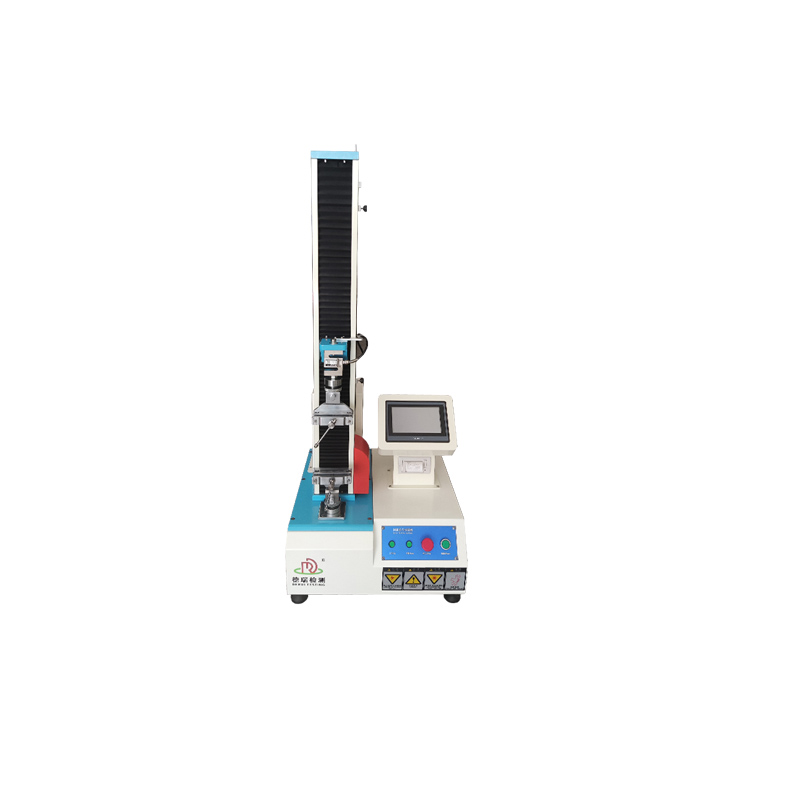
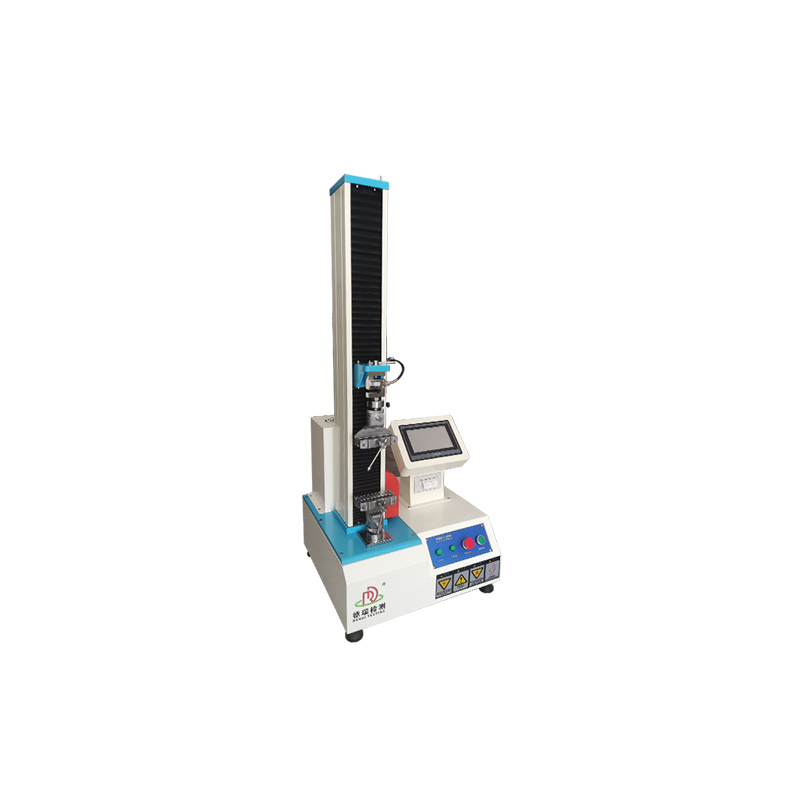
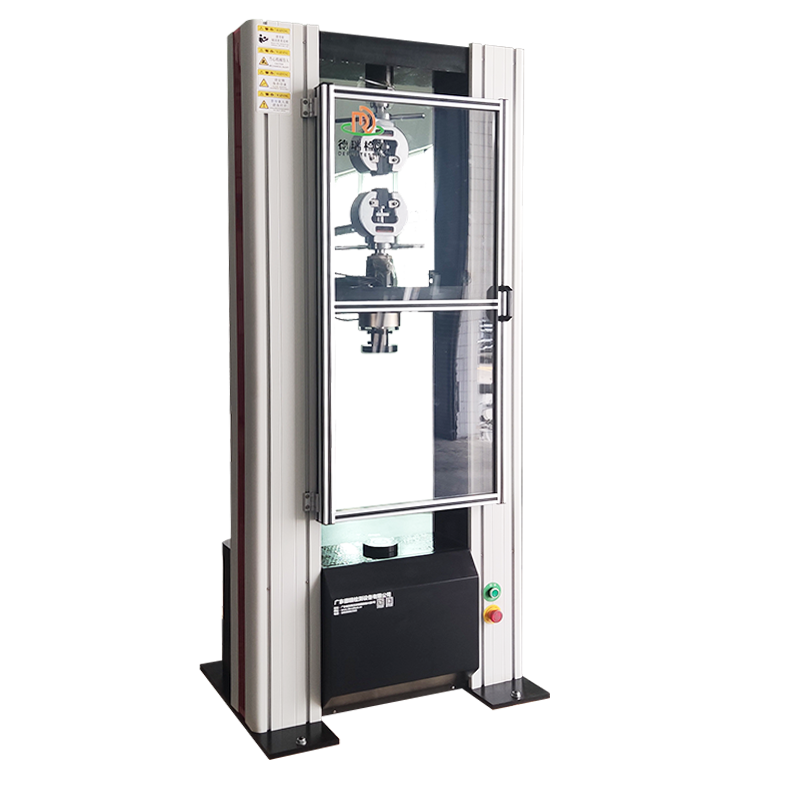
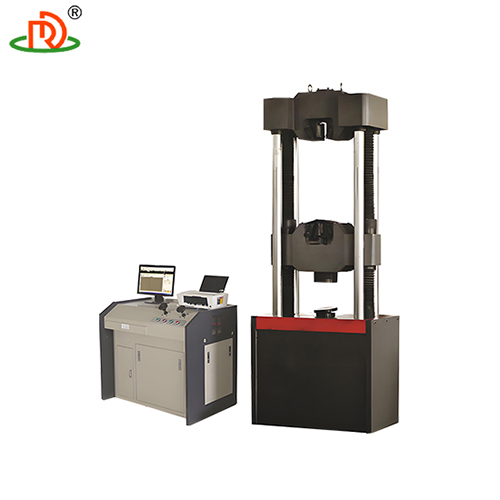

 English
English Spanish
Spanish French
French German
German Italian
Italian Chinese (Simplified)
Chinese (Simplified) Japanese
Japanese Korean
Korean Arabic
Arabic Portuguese
Portuguese